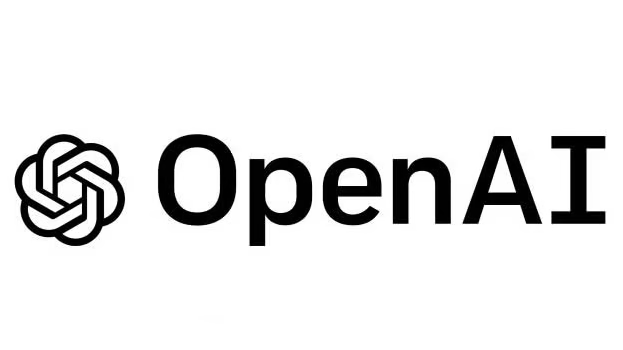OpenAI, a prominent research and deployment company in artificial intelligence, has recently introduced enhanced image generation capabilities, seemingly associated with its evolving ‘4o’ (omni) model series. This update represents a significant step forward in the quality, versatility, and integration of AI-driven image creation, building upon the company’s pioneering work with previous DALL-E models.
Since the debut of DALL-E and its successors, DALL-E 2 and DALL-E 3, OpenAI has been at the forefront of text-to-image synthesis technology. These models demonstrated the remarkable ability to generate novel images from textual descriptions, ranging from the photorealistic to the highly stylized. This technology has spurred a wave of innovation and competition, with other powerful models like Midjourney and Stable Diffusion also pushing the boundaries of generative art and visual content creation. Text-to-image generation allows users to simply describe a scene, object, or concept in words and have an AI create a corresponding visual representation.
The introduction of ‘4o’ image generation capabilities suggests substantial improvements over previous iterations. While OpenAI’s specific announcements highlight ‘4o Image Generation’, the ‘4o’ designation often implies an ‘omni’ model capable of handling multiple modalities (text, audio, vision) seamlessly. This suggests the image generation features might benefit from a deeper, more contextual understanding derived from this multimodal architecture. Potential advancements could include a significantly improved grasp of complex prompts involving multiple subjects, actions, and spatial relationships. Users might expect greater photorealism, finer control over artistic style, and notably, better rendering of text within generated images – a common challenge for earlier models. Furthermore, the ‘omni’ nature could allow for more fluid interaction, perhaps enabling users to refine or edit images through conversational prompts or even visual inputs, moving beyond simple text-to-image generation towards more interactive image manipulation and creation.
These enhanced capabilities unlock a wide array of potential use cases across various domains. Creative professionals, including graphic designers, illustrators, and artists, can leverage these tools for inspiration, rapid prototyping, and generating unique visual assets. Marketing and advertising teams can create bespoke imagery for campaigns, social media, and product visualizations more efficiently. Educators can generate custom illustrations for teaching materials, while developers might integrate these capabilities into applications for personalized content generation or design assistance. The potential for more nuanced control and higher fidelity output broadens the scope for practical and artistic applications significantly.
Underpinning these improvements are likely substantial advancements in the underlying AI models. The move towards multimodal architectures like ‘4o’ involves training models on vast datasets encompassing text, images, and potentially other data types. This allows the AI to develop a richer understanding of the world and the relationships between concepts, language, and visuals. Enhanced reasoning capabilities and more sophisticated training techniques contribute to the generation of more coherent, accurate, and aesthetically pleasing images that better align with user intent.
Alongside these advancements, OpenAI continues to navigate the complex ethical considerations surrounding powerful generative AI. Issues such as the potential for creating convincing deepfakes, perpetuating biases present in training data, generating harmful content, and respecting copyright remain critical challenges. OpenAI typically implements safety measures, including content filters to block harmful requests and potentially techniques like C2PA (Coalition for Content Provenance and Authenticity) compliant watermarking to help identify AI-generated content. Balancing innovation with responsible deployment remains a key focus for OpenAI and the AI community at large.
In conclusion, the rollout of advanced ‘4o’ image generation features by OpenAI marks another significant milestone in the rapid evolution of generative AI. By improving the quality, control, and potential integration of image synthesis, OpenAI is further empowering creative expression and practical applications while continuing to address the associated safety and ethical responsibilities.
Source: OpenAI Newsroom

